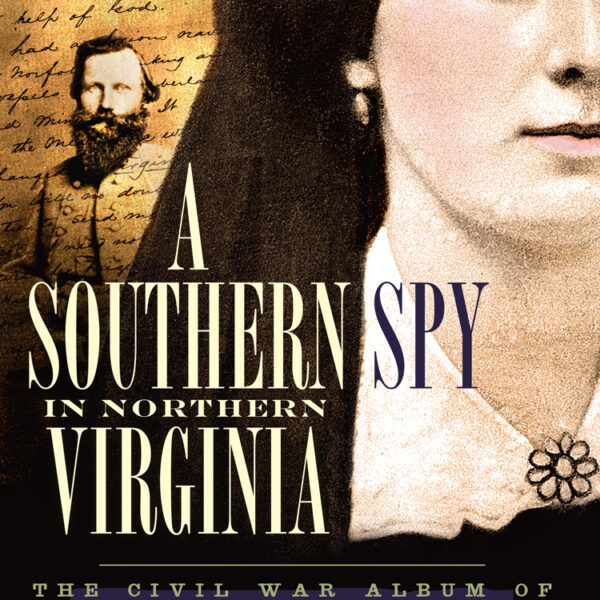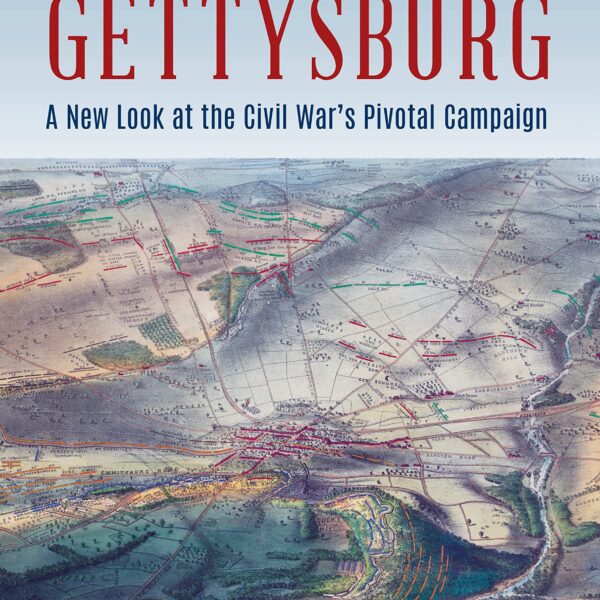Building on a growing body of scholarship, authors Judkin Browning and Timothy Silver deliver a stunning synthesis of the Civil War as a “biotic” and “biological event” (4). They illustrate how the war impacted both soldiers and civilians, and they demonstrate how the conflict fostered new, previously neglected relationships between humans, animals, micro-organisms, weather, sickness, sustenance, morbidity, death, impairments, and the physical landscape itself. The authors reexamine battles and campaigns in a way that underlines the raw and indiscriminate power and potential of Mother Nature.
Browning and Silver divide their work into six chapters, each pertaining to a particular aspect of the Civil War’s environmental history. Chapter one considers the war’s first year with a focus on the health of Union and Confederate combatants. Soldiers hastily gathered from diverse places into tightly packed encampments—something that created an ideal setting for the spread of chronic diseases. The second chapter explores the mercurial weather, which, the authors contend, often had a monumental impact on the outcome of battles and even entire campaigns. Various factors involving food supply, procurement, preservation, and nutrition form the bulk of chapter three, as the authors demonstrate the significant disadvantages the South faced as it struggled to meet the dietary needs of its armed forces and fill the stomachs of its civilian populace. Chapter four concerns various animals and their multitude of uses— from horses and mules as engines of travel and transport for men and machines, to hogs and cattle as sources of protein. Morbidity and death form the central theme of chapter five, as Browning and Silver work to examine the “myriad problems created by tens of thousands of wounded and dying men” and the attempts—some more successful than others—to preserve their bodies from deterioration. They also connect environmental factors with various postbellum matters, such as the struggles faced by disabled veterans in seeking to reestablish themselves as agricultural laborers. The final chapter charts the closing months of the war with a particular focus on how a variety of landscapes and resources shaped the fighting. Browning and Silver illustrate how the scars left by the war on the natural world shaped the way Americans understood their relationship with nature.
The authors demonstrates that when the Civil War is viewed through the lens of nature, fresh perspectives and new conclusions emerge; prevailing narratives are updated, challenged, and even reconsidered. In pursuit of this purpose, the authors mine a diverse range of sources. They tap the letters and accounts of generals, soldiers, surgeons, civilians, embalmers, political leaders, and even a Presbyterian minister who recorded the temperatures in Washington, D.C., on a near daily basis. They draw on the expertise of agricultural, medical, environmental, and military historians. Additionally, they marshal an impressive collection of statistical data (19). For example, they explore the caloric intake (or lack thereof) that soldiers on both sides of the conflict struggled to meet and the raw tonnage of foodstuffs (such as cornmeal, pork, and grain) that animals and men required, though rarely maintained. The attention paid by the authors to statistical data is surpassed only by their ability to nuance numerous topics, such as Civil War sickness and disease.
One of the book’s most notable and significant contributions is its focus on natural resources as a factor in military events. The struggle over natural resources shaped military campaigns and found tactical articulation on the ground. For instance, Browning and Silver offer a strong argument that the war’s single bloodiest day, Antietam, was not only the result of Robert E. Lee’s desire to press the advantage after the Confederate victory at Second Manassas. Rather, it was driven largely by a desire to secure provisions and foodstuffs for his army in the western regions of Maryland “still untouched by war” (74-75). They make essentially the same argument regarding Lee’s Gettysburg campaign; they cite the work of environmental historian Mark Fiege, who argued “persuasively” that Lee’s invasion was “primarily to provide food for his men and animals” (94). The authors tally several other engagements that were similarly motivated by a desire for resources, including the battles around Saltville, Virginia. Likewise, they recall the desperate desire for water that precipitated the Battle of Perryville. They further demonstrate the various ways the war produced lasting food shortages, as well as the role that emancipation played in aggravating such matters–something that historians are only “beginning to understand” (181, 187).
This book suggests many fruitful lines for future inquiry. For example, how did new technologies, such as landmines, torpedoes, Ketchum grenades, mosquito netting, and the ambulance corps impact the environment? Conversely, how did the environment affect the efficiency of weapons, and what efforts were made to ameliorate such challenges? How did the Union blockade impact the South’s use of the environment? What improvements were made in the realms of veterinary practice, medical care, and husbandry? Can similar insights be gleaned from an environmental assessment of the antebellum and Reconstruction eras?
The authors concede that a study of all elements of the natural world in each year of the war would be an especially daunting errand; consequently, they focus on specific aspects to drive the narrative forward (6). They isolate specific environmental or ecological factors as the framing device for particular years of the war. As such, they necessarily ignore those ecological elements that fall outside their timeframe.
Nonetheless, An Environmental History of the Civil War makes an important contribution to Civil War historiography. The authors articulate a coherent argument for a more ecologically conscious narrative of the nation’s fratricidal conflict and, no less importantly, suggest that the war marked a watershed in how Americans conceived of their relationship with the wider, non-human world. This is a book that will appeal to all students of the war.
Brett Bagur is an M.A. candidate in the Department of History at Sam Houston State University.





